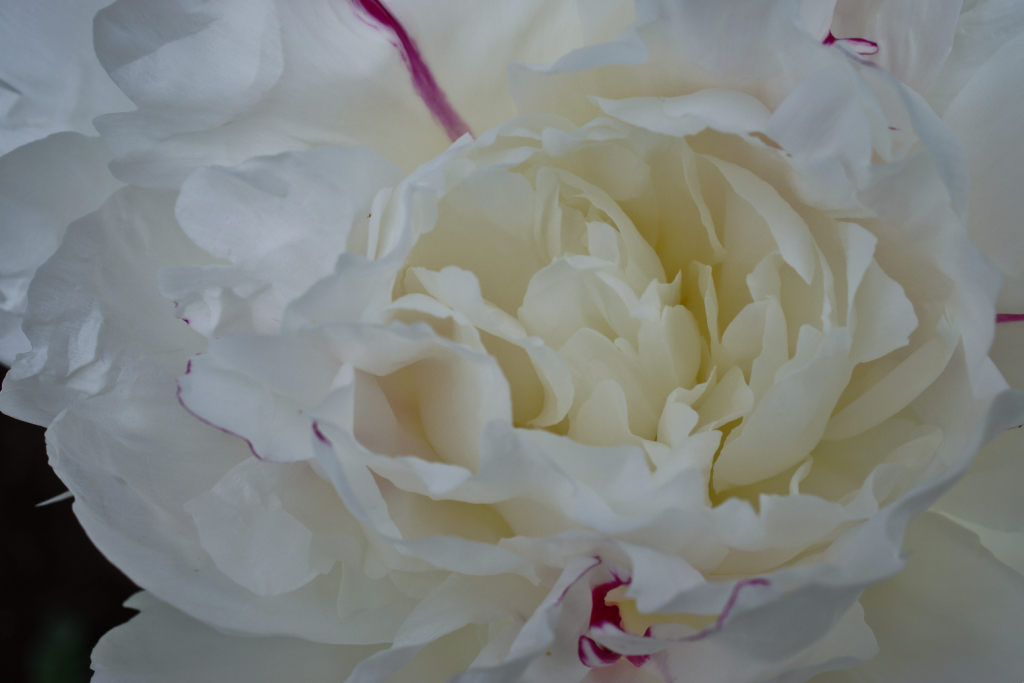 Pearl’s peonies – from the Sioux Falls farm to my place 50 years later
Pearl’s peonies – from the Sioux Falls farm to my place 50 years later
The song I have come to sing
remains unsung to this day.
I have spent my life
stringing and unstringing
my instrument.
Rabindranath Tagore
I found this poem by Tagore, and it happened to be on a day when I was hopelessly entangled in the minutia of my life. I had spent about an hour and a half trying to figure out the signature on my emails after I had been told by a friend that the links on the current one were not working. Or sifting through a bunch of stuff in preparation for a move. Pulling weeds out of the walk way in preparation for a showing of our house.
I want to be singing the song (dancing the dance) pretty much all of the time and find that too much of my day is taken up with the stringing and unstringing of my squeaky instrument.
Part of the problem is having too many projects that I want to do. Deciding which to do first. Another part is feeling overwhelmed by all of them, and therefore procrastinating and finding more ways of stringing/unstringing. I wish that I could say that the stringing and unstringing are actually meditative and prepare me for the song, like the Zen master who paints a single perfect Sumi circle at the end of his life. But I don’t think that is the case. I think that I am just finding ways not to sing.
Yesterday I went to New York City to meet with two booking agents, both of whom used to represent me and my dance company. I told them that I was developing an evening length solo work. Which is true. But it is in its infancy, and today I feel overwhelmed by the whole idea, the whole project.
Maybe I won’t sing (dance) after all. I am sure that the front walk needs more weeding.
Or maybe I will find a way to notice when I have gotten swallowed by my preoccupation with the details and learn to lift my eyes to the horizon, taking a broader, more breathing view of the possibilities that lay before me.

